The next Google Pixel phones
The next generation of Google phones codenamed Muskie[1] and Walleye[2] are now expected to be joined by Taimen[3] (What’s the deal with fish names?), a 3rd variant that is expected to have a larger OLED screen than the other two models. Google has been planning to invest $900m with LG Display to gain access to LGD’s flexible display capacity but will likely be unable to meet volume expectations this year. We understand Google’s desire to create a smartphone that will give its vast user base access to the world of Google through a mobile device, but at what cost? The smartphone market, even for the most experienced and well-known brands, is a minefield that seems to get more treacherous each month, and Google has not knocked the cover off the ball with its previous mobile offerings. LGD is happy, with another customer to justify its small panel OLED business, but without something new, the Google brand seems a ‘me-too’ entry. The company does have the ability to create applications that are eminently consumer centric, and given the AI orientation of the consumer electronics space, this could give them an edge, but it remains difficult for smartphone companies to become leaders without something that is ‘shiny and cool’, despite the helpful applications. Maybe the Taimen model will do the trick, but it will be competing with a new iPhone and a stack of other smartphone offerings that will be available later this year or early next. Push the envelope Google…and lay off the fish names.
[1] Short for Muskellunge – a large fish in the Pike family
[2] Another smaller fish in the Pike family
[3] A large fish in the Salmon family

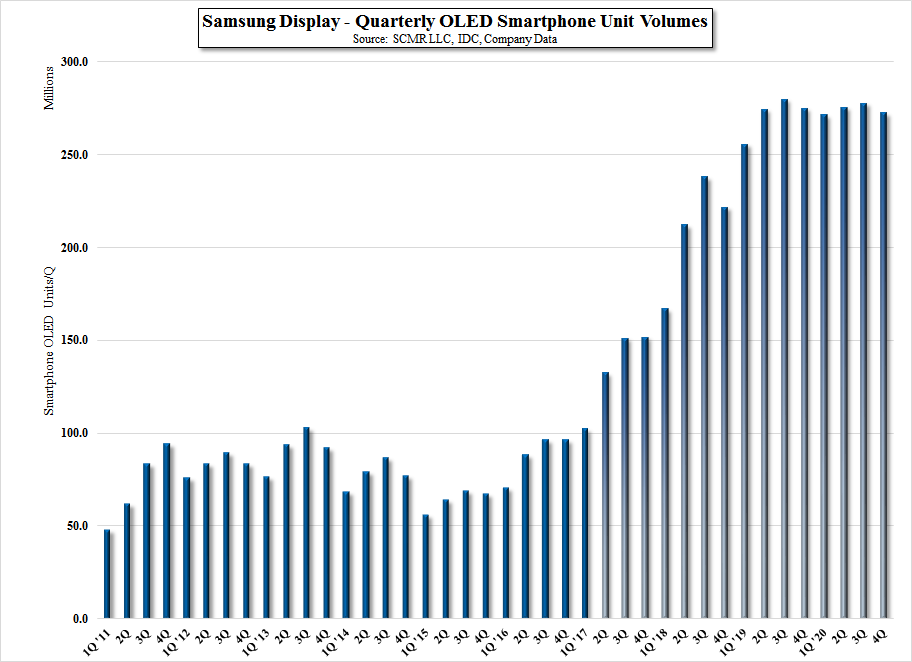
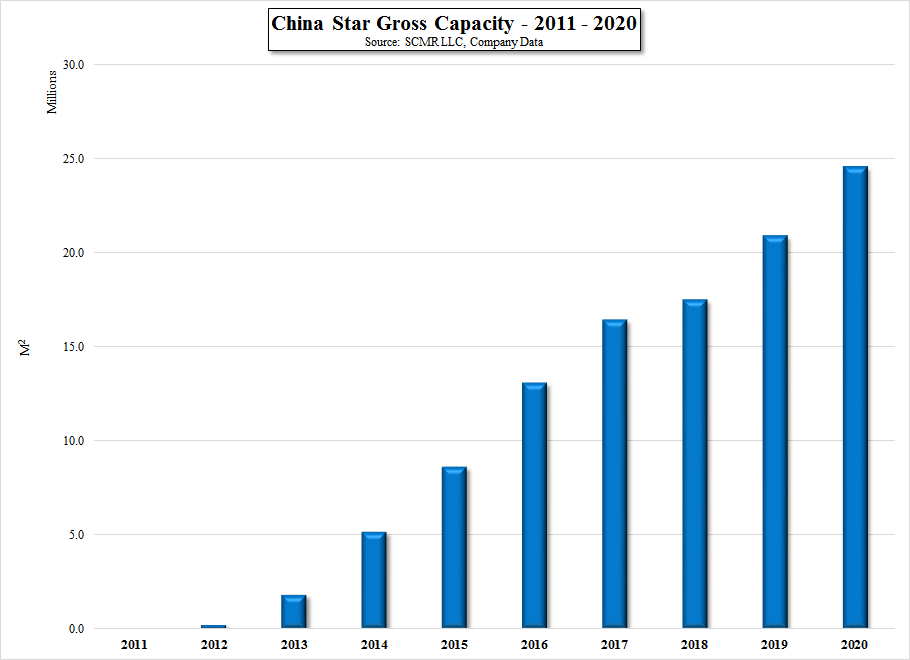
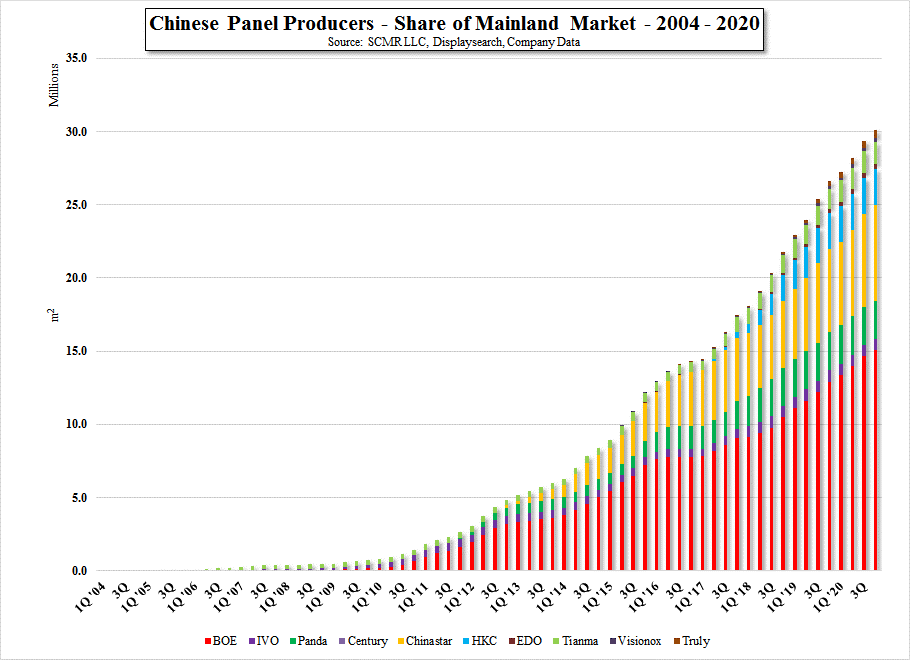
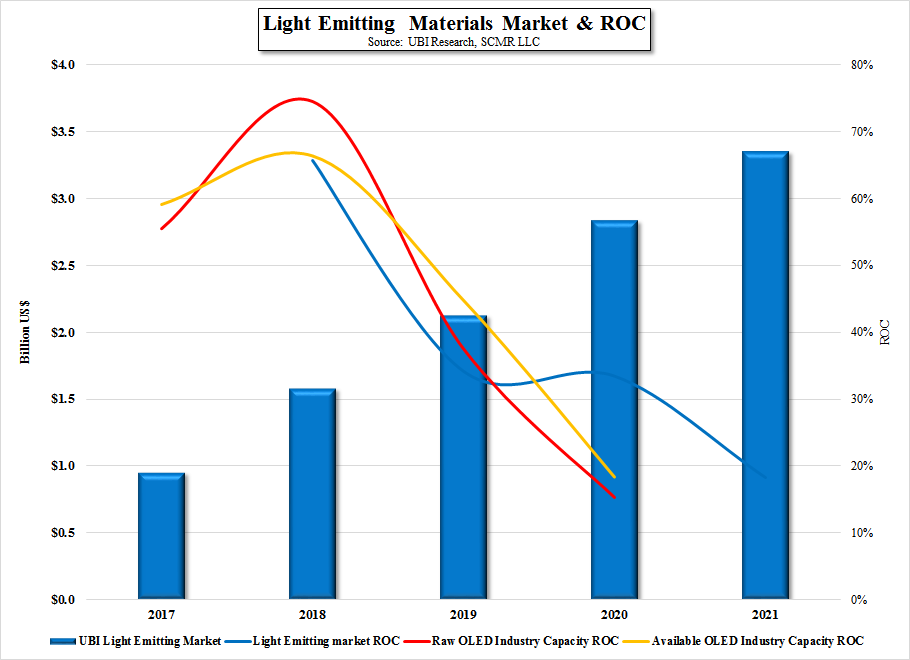
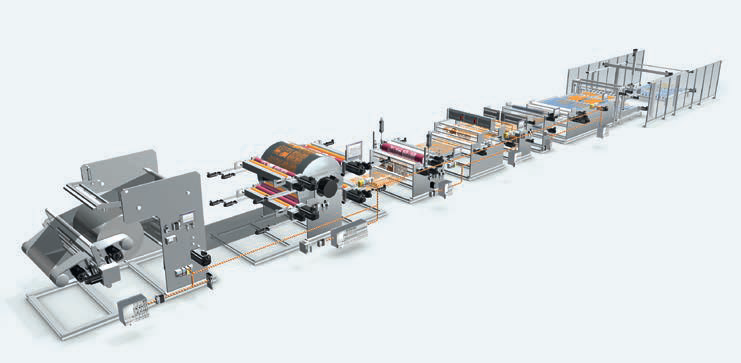
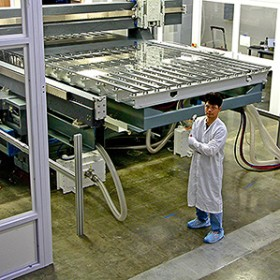

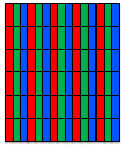
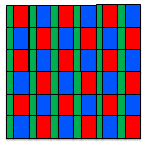
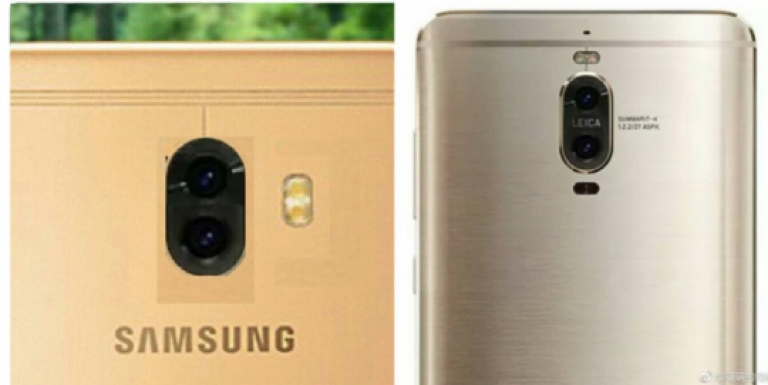
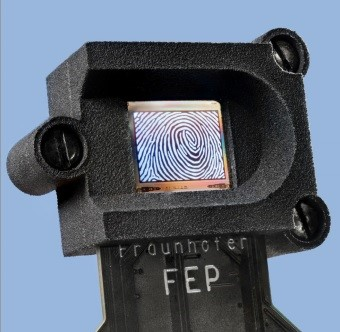
 RSS Feed
RSS Feed